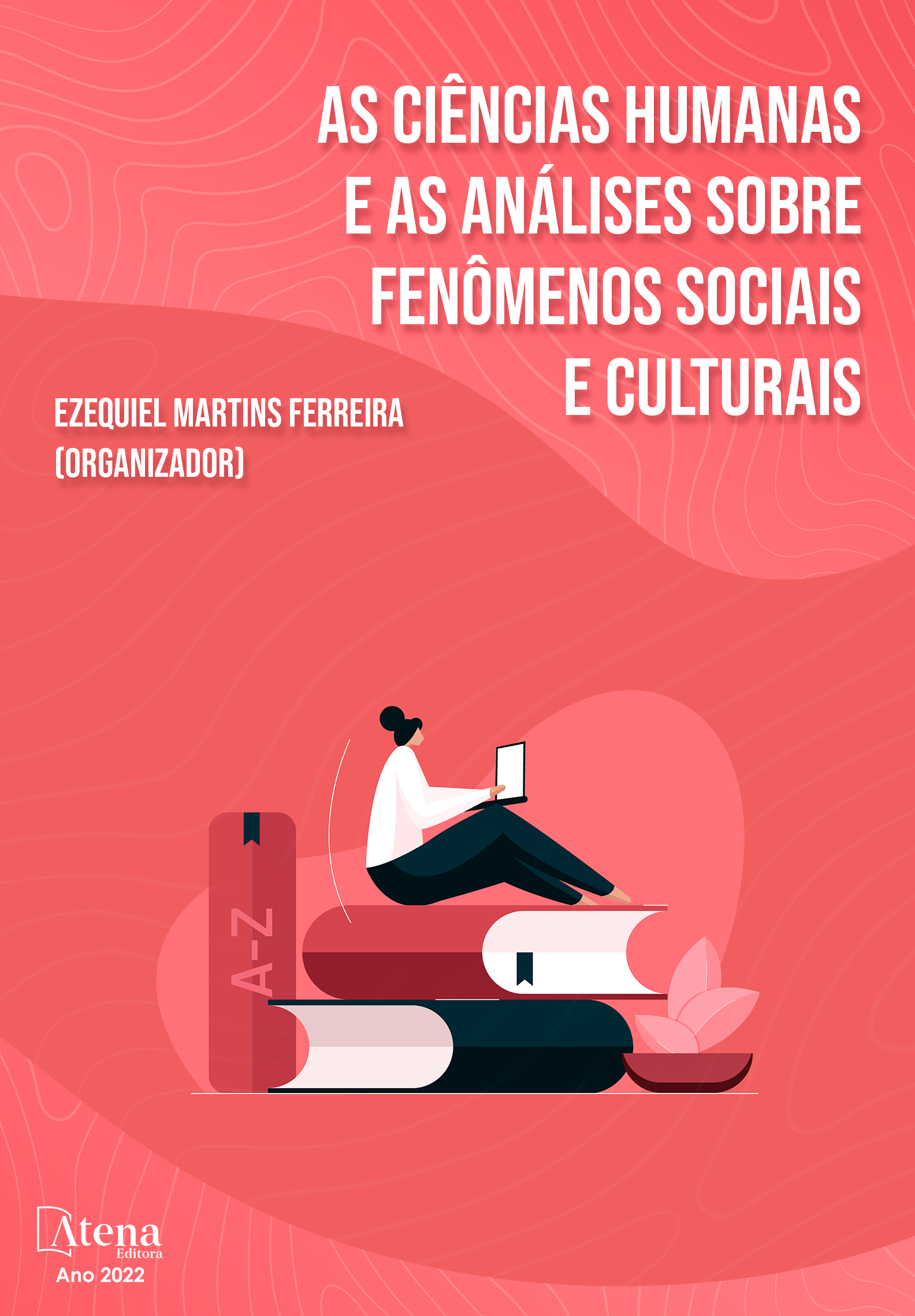
CONSIDERAÇÕES SOBRE O DESENVOLVIMENTO DE CRIANÇAS E ADOLESCENTES: O TERRITÓRIO COMO FATOR DE RISCO OU PROTEÇÃO
O presente relato é fruto derivado do projeto de pesquisa denominado “Estado da Arte sobre a produção brasileira nos primeiros trinta anos da promulgação do Estatuto da Criança e do Adolescente (ECA)” e tem como objetivo discutir os conceitos de risco psicossocial e territorialidade na perspectiva da promoção e proteção de crianças e adolescentes, em interlocução com o campo da saúde mental. O desenvolvimento humano, como campo de estudo das mudanças e estabilidades ocorridas no ciclo de vida, é contínuo e constantemente influenciado pelos fatores de risco e proteção. Os fatores de risco podem ser entendidos como comportamentos que possuem probabilidade de comprometer a saúde, o bem-estar ou o desempenho social dos indivíduos. Em contrapartida, os fatores de proteção podem ser classificados como as variáveis que modificam ou alteram as reações pessoais em face de algum risco ambiental que precede uma consequência que não compõem o escopo adaptativo do indivíduo. Por sua vez, o território pode ser entendido como o lugar da residência, onde a vida é manifestada e exercida com suas histórias, ações, anseios, forças e fraquezas, que, para além do contexto local, também sofre as influências de um contexto maior, englobando a conjuntura nacional e internacional (SANTOS, 1999). Assim, o território em que a criança e o adolescente estão inseridos pode ou não contribuir para a construção de fatores de proteção e de risco à saúde mental, levando em conta a intervenção do Estado nesse ambiente e a atuação da sociedade geral, com o fim de construir um local favorável ao pleno desenvolvimento.
CONSIDERAÇÕES SOBRE O DESENVOLVIMENTO DE CRIANÇAS E ADOLESCENTES: O TERRITÓRIO COMO FATOR DE RISCO OU PROTEÇÃO
-
DOI: 10.22533/at.ed.9822210089
-
Palavras-chave: Território; Risco; Proteção; Criança; Adolescente.
-
Keywords: Territory; Risk; Protection; Child; Adolescent.
-
Abstract:
This report is the result of the research project called "State of the Art on Brazilian production in the first thirty years of the promulgation of the Statute of children and adolescents (ECA)" and aims to discuss the concepts of psychosocial risk and territoriality from the perspective of the promotion and protection of children and adolescents, in dialogue with the field of mental health. Human development, as a field of study of changes and stabilitys that occurred in the life cycle, is continuous and constantly influenced by risk and protection factors. Risk factors can be understood as behaviors that are likely to compromise the health, well-being or social performance of individuals. On the other hand, protective factors can be classified as variables that modify or alter personal reactions in the face of some environmental risk that precedes a consequence that does not make up the adaptive scope of the individual. In turn, the territory can be understood as the place of residence, where life is manifested and exercised with its histories, actions, longings, strengths and weaknesses, which, in addition to the local context, also suffers the influences of a larger context, encompassing the national and international conjuncture (SANTOS, 1999). Thus, the territory in which the child and adolescent are inserted may or may not contribute to the construction of protective and risk factors for mental health, taking into account the intervention of the State in this environment and the action of the general society, in order to build a place favorable to full development.
-
Número de páginas: 14
- Karool Malikouski de Amorim
- Ana Carolina Borges Barbosa
- Karen de Araújo Pereira
- Heitor Croce
- Ronison Loureiro Leppaus
- Dafne Araújo Fontana
- Ana Paula Sthel Caiado


